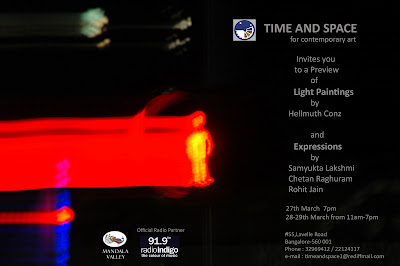
Incidentally, M F Husain's untitled work went for a hammer price of $409,000, dominating the Sotheby's New York spring sales of Indian art. Prior to that, Saffronart's first contemporary art sale this year closed at a total sale value of over Rs 27 crores (US$ 7.15 million), which was well above its total higher estimate of Rs 19.56 crores (US$ 5.1 million). Emami Chisel Art - a Kolkata based auction house that held a physical-cum-online bidding - brought the hammer down on February 23 and their sales touched a total of Rs 24 crores. Osian’s ‘Indian Modern and Contemporary Art’ auction that was held in New Delhi on March 18 touched a total of Rs 30.28 crore (USD 7.5 million). The highlights of the evening included works by J Swaminathan’s ‘Mountain and Bird Series’ that crossed the Rs 2 crore mark and Tyeb Mehta’s ‘Untitled’ that fetched Rs 1.98 crore. This was Osian’s second auction in the year. While at the earlier Jan 19 auction Osian registered a total sale of Rs 32.18 crore.
If these figures are any indication then it does seem that the Indian art market is poised at a strategic juncture. It is very likely that the renewed confidence in Indian modern and contemporary art will see that the market not only stabilizes but also sees a resurgence of sorts. At the Dubai Art Fair too there has been a lot of interest in the Indian art section, and Jitish Kallat’s works in particular have captured the imagination of many art lovers. Therefore it is not only the modern artists who are seeing a renewed interest in their works but also the contemporary and upcoming artists who are finding many takers.
(Published in Financial Times)





